Benchmarks:
SiSoft Sandra
| The 1090T’s Cache Memory takes the title here against the Core i7 in both bandwidth and speed. | The 1090T wasn’t too far behind its rival in memory bandwidth benchmark. |
The handling of memory can be the deciding factor when it comes to performance over multiple cores. The going standard in today environment is to have at least one gigabyte of RAM per processor core; having anything less will likely leave the processor with a free clock cycle. This is well documented in the virtual server realm where virtual servers are trimmed down to the bare minimum processors and memory requirements. Now, we are not saying that the one must have six GB’s RAM for their AMD Phenom™ II X6 1090T day one, but it will sure wake up your system if you are pushing the system to the limits of processor. The ASUS Crosshair IV Formula board really begins to shine with 6 or more GB of ram installed.
Note: Users with Windows 7, 32bit operating systems will only be able to see and address maximum of 4GBs of RAM (Click here for specifics).
|
Memory Latency |
Multi-Core Effeniciency |
The memory latency benchmark shows the latency is a real close across the board, but the speed factor on our test rig the speed factor is much further behind its competitors. This can be simply adjusted by the type of RAM that is installed in the system.
| Power Management Efficiency Benchmark | Processor Arithmetic Benchmark |
The Power Management Efficiency benchmark is where the 1090T does very well, with the ALU Power Performance and Power Efficiency coming out ahead of the Intel Core i7 965, not to mention the dual cores from Intel and AMD alike. The point to be made here is with six cores the 1090T is more efficient per core than a dual core processors, so one would ask why buy a dual core? The Arithmetic benchmark shows us another close race between the Intel Core i7. The arithmetic benchmark is usually where the Intel Core i7 would leave the AMD Phenom™ II in the proverbial dust.
|
Sisoft Multimedia benchmark |
The multimedia benchmark is another close one with Intel’s Core i7, though what the AMD 1090T lacked in Multi-Media Float benchmark, the 1090T made up for it and then some with the Multi-Media Int (megapixel/s). These kinds of tests stress the subsystem and motherboard components of the ASUS Crosshair IV Formula not to mention the bus.
Editor’s Note: As you can see the ASUS Crosshair IV Formula is more than capable of keeping up with the 1090T here resulting in what is probably the best gaming motherboard available for an AMD processor to date. Check out the gaming performance on the next page.
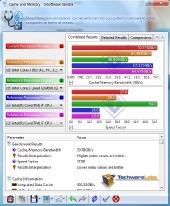
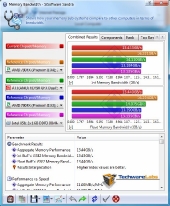
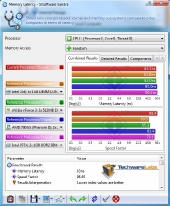
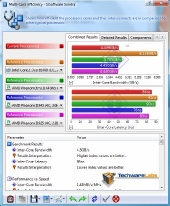
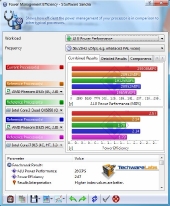
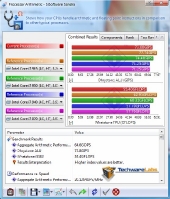
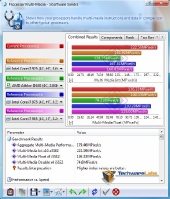

An awesome board with an amazing laundry list of features for ~$230. I need one!